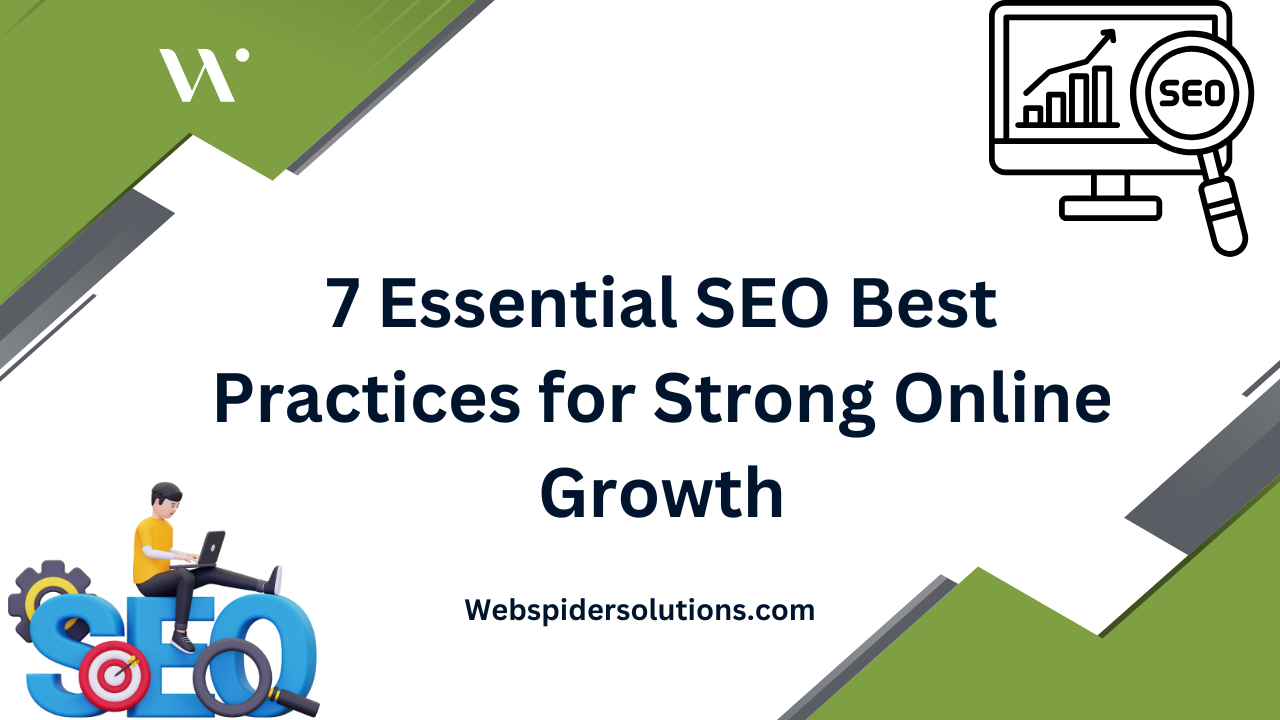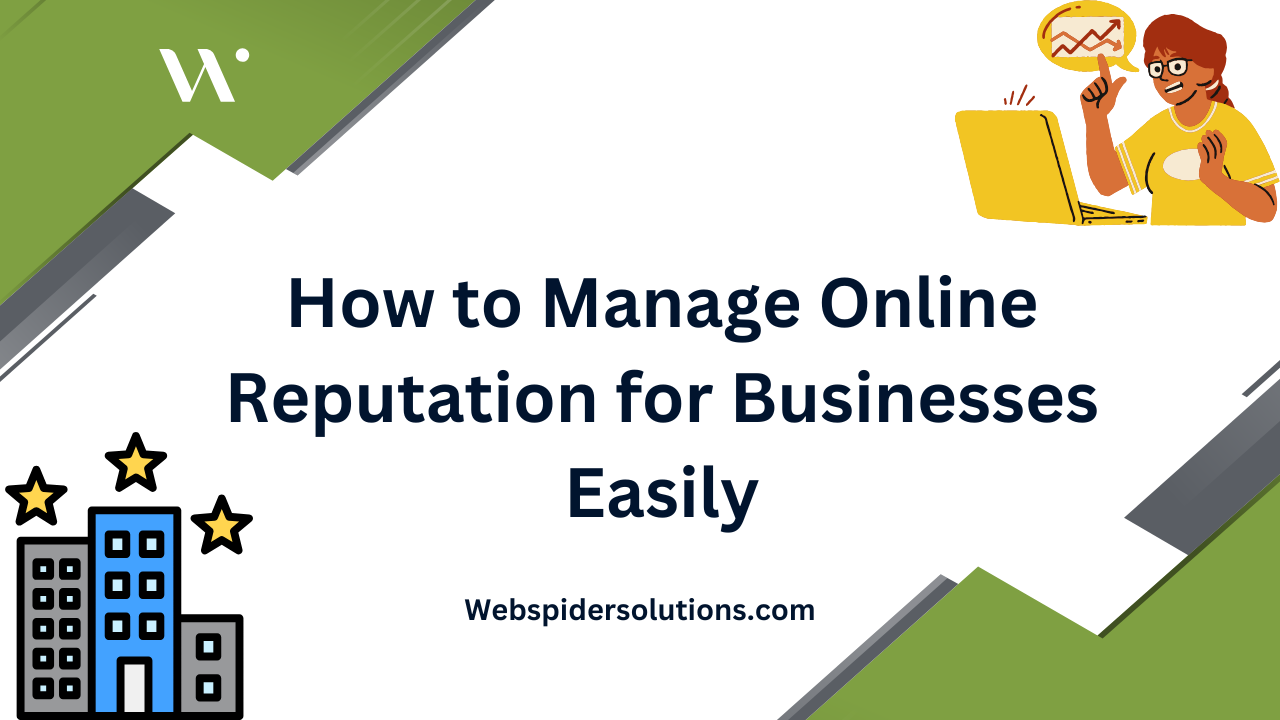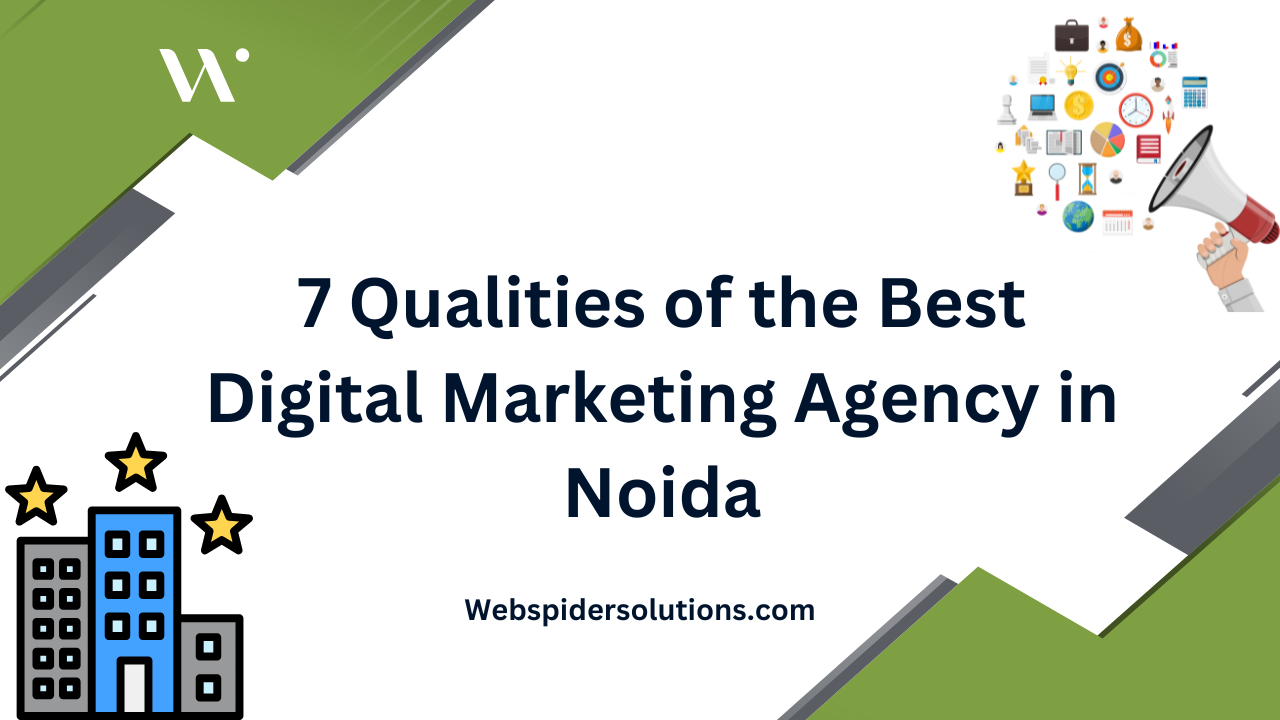In the modern competitive e-commerce world, acquiring traffic to the Shopify store is not simply what you require. Conversion Rate Optimization (CRO) plays an essential role in conversion of Visitors into paying Customers. A properly laid out Shopify CRO Strategy actually ensures that users come back to the site with ease while maximizing profits and minimizing cart abandons. Now it’s time to discuss the ways you can optimize your Shopify store by using efficient CRO strategies.
What is Shopify CRO?
Shopify CRO is optimization of various components of the store in your Shopify store to enhance the rate of visitors leading to completion of desired moves such as purchase. This is not only minimizing your website design but improving your product pages more and fine-tuning your check-outs for maximum sales and satisfaction by the customers.
How to Calculate Your Conversion Rate
The below equation can be used for the calculation of the conversion rate:
The formula for finding the conversions rate is: (Total conversions/ total visitors x 100).
For instance, if 1,000 people visited the shop in your business last month and it came to 50 for making purchases then the conversion rate would be:
(50 / 1000) x 100 = 5%
The critical for benchmarks setting and improvements monitoring are accurate data and metrics.
Why Shopify CRO is Essential for Your Store
Maximizing Revenue: CRO focuses on traffic conversion having lower dependency on the need for extra marketing.
Reducing Cart Abandonment: Simplified checkout procedures and constructive trust factors reduce this common e-commerce predicament.
Enhancing Customer Experience: CRO strategies emphasize smooth navigation and intuitive design leading to customer loyalty.
Improving ROI: Higher conversions equal more returns on your marketing investments.
Staying Competitive: A well optimized Shopify store is an oasis in a flooding market.
Proven Shopify CRO Strategies
1. Analyze Visitor Behavior
It is very important to know how your users act in relation to your site. Utilise tools such as Google analytical and Shopify analytical platform to track:
- Traffic sources
- Bounce rates
- Cart abandonment rates
Heatmaps and session recordings can provide deeper insights on user activity and thus allow you to pick up bottlenecks in the customer’s journey.
2. A/B Testing
Test various versions of elements on your website and figure out which version best suits your site. Key areas to test include:
- Headlines: Try different tones and structures.
- Images: Use good quality visuals and test placing.
- CTA Buttons: Play with text, color, and size of the font.
3. Optimize Product Pages
Your Shopify store’s heart is its product pages. Make them conversion-friendly by:
- Using high resolution images taken from diverse angles.
- Describing in detail with features and benefits.
- Customer reviews and testimonials for trust building.
4. Streamline Checkout Processes
A complex checkout process is one of the leading reasons for cart abandonment. Simplify the process by:
- Reducing the number of steps.
- Offering a “guest checkout” option.
- To clearly indicate whether or not payment was successful.
5. Enhance Mobile Optimization
Given that most online shopping occurs on mobile; make your Shopify store mobile friendly by;
- Responsive Design for flawless viewing.
- Maximize the page speed to minimize loading time.
- Making navigation and checkout processes easier for mobile users.
6. Leverage Personalized Recommendations
Provide customers with products they are likely to purchase based on their browsing or purchase history. Customized recommendations improve interaction and boost sales.
7. Incorporate Trust-Building Elements
Trust is an important element for e-commerce conversions. Add elements like:
- SSL certification for secure transactions.
- Clear refund and return policies.
- Trusted badges and verified forms of payment.
8. Utilize Retargeting Campaigns
Return guests that failed to convert using retargeting ads. Facebook and google allow you to target users, who previously visited your store, with personalized ads.
9. Gather and Implement Customer Feedback
Customer insights are invaluable. Survey; consult reviews; and review feedback form to find pain points and room for improvement. Customer concerns are addressed with the aim to improve user experience and generate conversions.
Choosing the Right Shopify CRO Partner
Collaborating with a qualified Shopify CRO agency can improve the performance of your store. In choosing Shopify CRO agency, take into account the following:
- Proven track record: Do some search and find case studies and success stories.
- Expertise in your niche: Make them understand what your industry is specifically challenged by.
- Data-driven approach: Analytics and data insights should be used by the agency.
- Customization: Try avoiding putting the same solution on everyone but use specific strategies.
Final Thoughts
Even if you’re a small e-commerce business – investing a sound Shopify CRO strategy can be transformative for any e-business. The proper optimization of your store’ design, functionality, and user-experience will allow you to dramatically increase conversions and attract long-term loyalty of your customers. It may be anything, from enhancing mobile optimization to personal recommendations, to streamlining the checkout process, every adjustment will help achieve better results.
It is important to approach CRO strategically in the rapidly expanding e-commerce industry nowadays. Concentration on converting existing traffic to your site rather than driving more people to your site ensures that your customer experience is better and Return on Investment from your Ad spends are also higher. Whether you are spending countless hours on improving the conversion rate or have endless cart abandonments, Shopify store can be enhanced from expert conversion rate optimization services.
Web Spider Solutions is a service where we work on custom Shopify CRO strategies geared toward elevating your store’s capacity. Connect with our experts to unlock your e-commerce success and make sustainable growth in a competitive market.











